
Roots
To truly understand the deeper purpose of Cornrows, we must look beyond what the eye perceives, beyond fleeting trends, and journey into the very soul of a strand. Consider the coiled helix, the ancestral patterns etched onto the scalp, not as mere adornment, but as enduring archives. For those whose lineage traces back to the continent of Africa, hair has always held a voice, a language whispered across generations, a resilient chronicle of human experience. This ancient art form, so deeply rooted in Textured Hair Heritage, speaks of identity, communication, and survival in ways that far surpass simple outward show.

Ancient Echoes and Biological Blueprints
The origins of cornrows stretch back thousands of years, with depictions found in Stone Age paintings on the Tassili Plateau of the Sahara, dating as far back as 3000 BCE. These early markings reveal a style not just of beauty, but one of profound cultural meaning. Across various African societies, the intricate patterns of cornrows served as visual cues, communicating a person’s age, tribal affiliation, marital status, wealth, and even religious beliefs. Hair itself was considered a conduit for spiritual energy, the highest point of the body, believed to be the path through which spirits could reach the soul (Afriklens, 2024).
The biology of Textured Hair plays a foundational role in the practicability and enduring legacy of cornrows. Unlike straight or wavy hair, Afro-textured hair grows in a unique spiral or helix shape, emerging from oval-shaped follicles that are angled in the scalp (Curl Witch, 2024). This structure, while beautiful, is also prone to dryness and breakage due to its many curves and fewer cuticle layers that lie flat.
Cornrows, by their very nature, minimize manipulation and exposure to environmental elements, thereby reducing the risk of breakage and aiding in length retention. This inherent protective quality was not merely a convenient side effect; it was an ancient understanding, a practical application of biological insight, passed down through generations.
Cornrows represent a profound connection to ancestral knowledge, where the art of styling converged with practical needs for hair preservation and social communication.
Scholars suggest that the unique coily nature of Afro-textured hair evolved as a biological adaptation to protect early human ancestors from intense ultraviolet radiation from the sun in equatorial Africa, helping to regulate body temperature by allowing air to circulate close to the scalp (Ancient Origins, 2023). Within this natural architecture, cornrows offered a method of managing hair that honored its inherent properties while providing systematic order and protection.
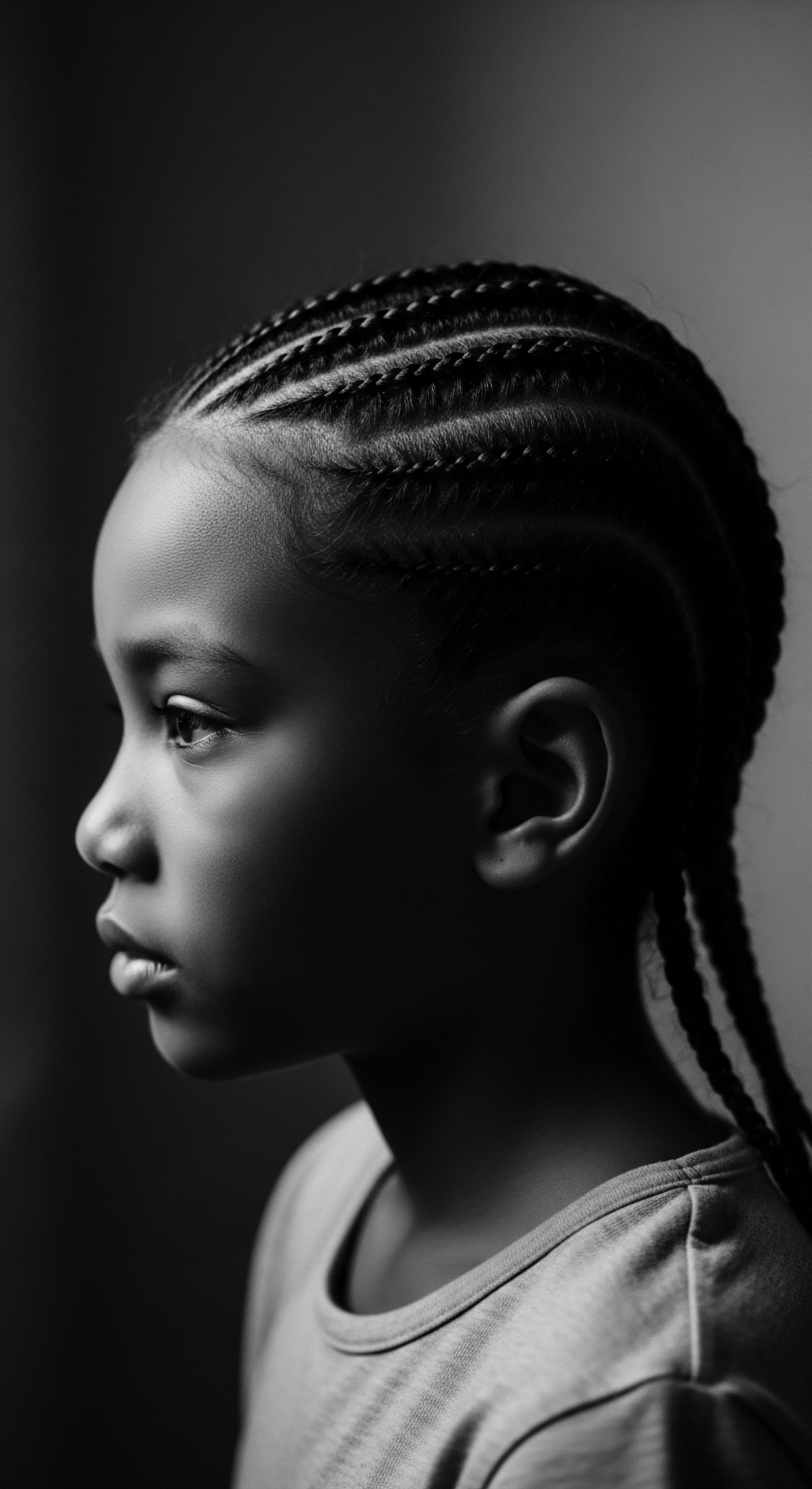
Early Social Markers in Heritage
The naming of cornrows itself reflects this deep connection to agricultural rhythms, particularly in the Americas where the term arose between the 16th and 19th centuries, drawing from the patterned fields of corn and sugar cane worked by enslaved peoples (Beds SU, 2022). In the Caribbean, they are sometimes known as ‘canerows’ for the same poignant reason. Yet, before these colonial impositions, in Yoruba (Nigeria), the style was known as ‘kolese,’ meaning “a creature without legs,” or more generally ‘Irun Didi,’ with ‘Irun’ meaning hair and ‘Didi’ referring to the style (Beds SU, 2022). This older nomenclature speaks to an indigenous understanding, predating forced displacement, of hair as living and connected to the natural world.
- Irun Didi ❉ A Yoruba term for cornrows, with ‘Irun’ denoting hair and ‘Didi’ the specific style, highlighting an original, localized understanding of the practice.
- Kolese ❉ Another Yoruba term for cornrows, referring to “a creature without legs,” possibly alluding to the way the braids lie flat against the scalp.
- Canerows ❉ A term primarily used in the Caribbean, directly linking the hairstyle to the sugar cane fields where enslaved people labored, a poignant marker of suffering and resilience.
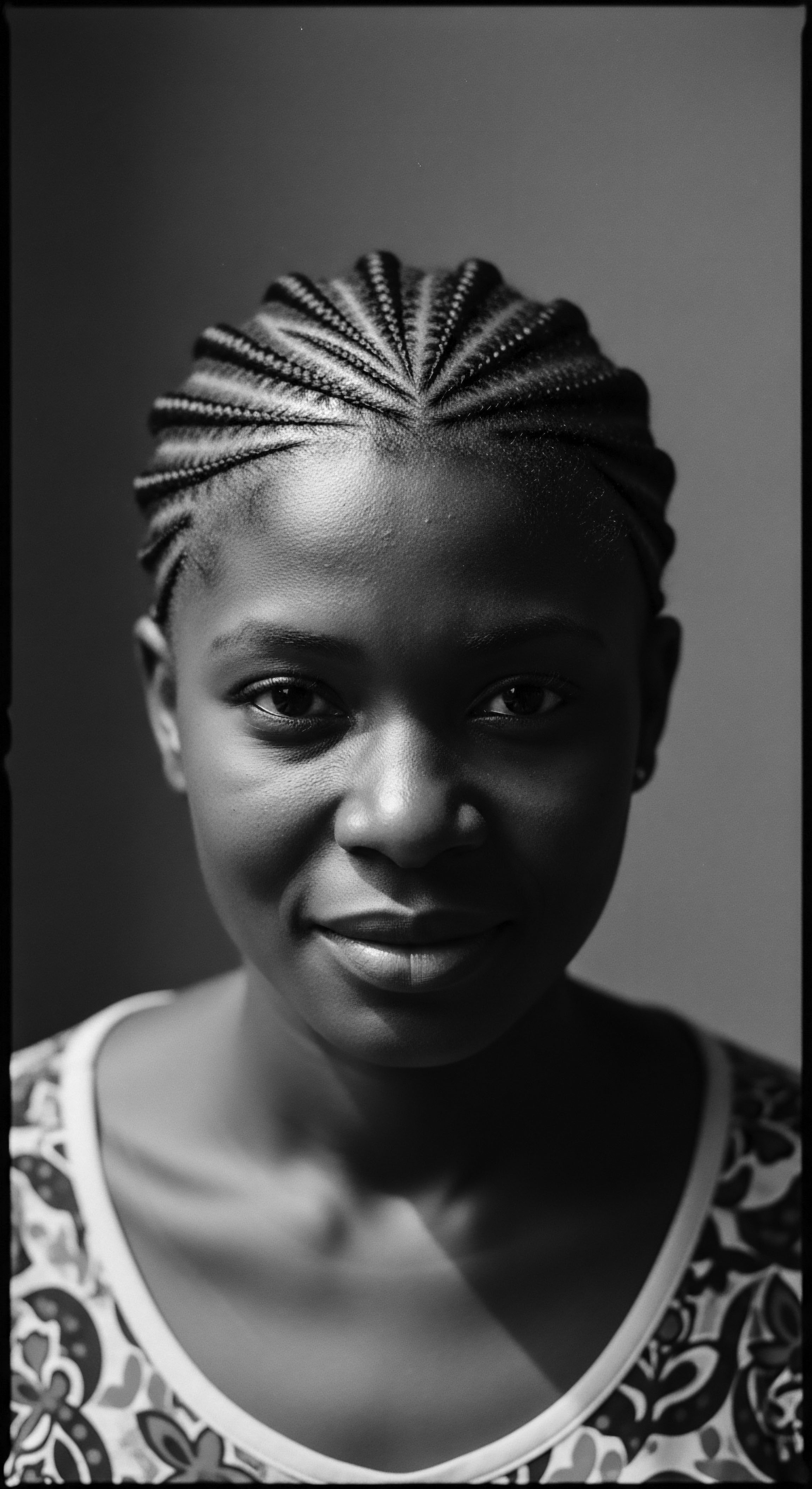
Ritual
The hands that meticulously form each cornrow do more than sculpt hair; they partake in a time-honored ritual, a communal act that has preserved heritage, shared knowledge, and provided solace through hardship. This practice goes far beyond simple cosmetic application, representing a profound interplay of practical needs, social bonding, and spiritual meaning that has been carried through generations.
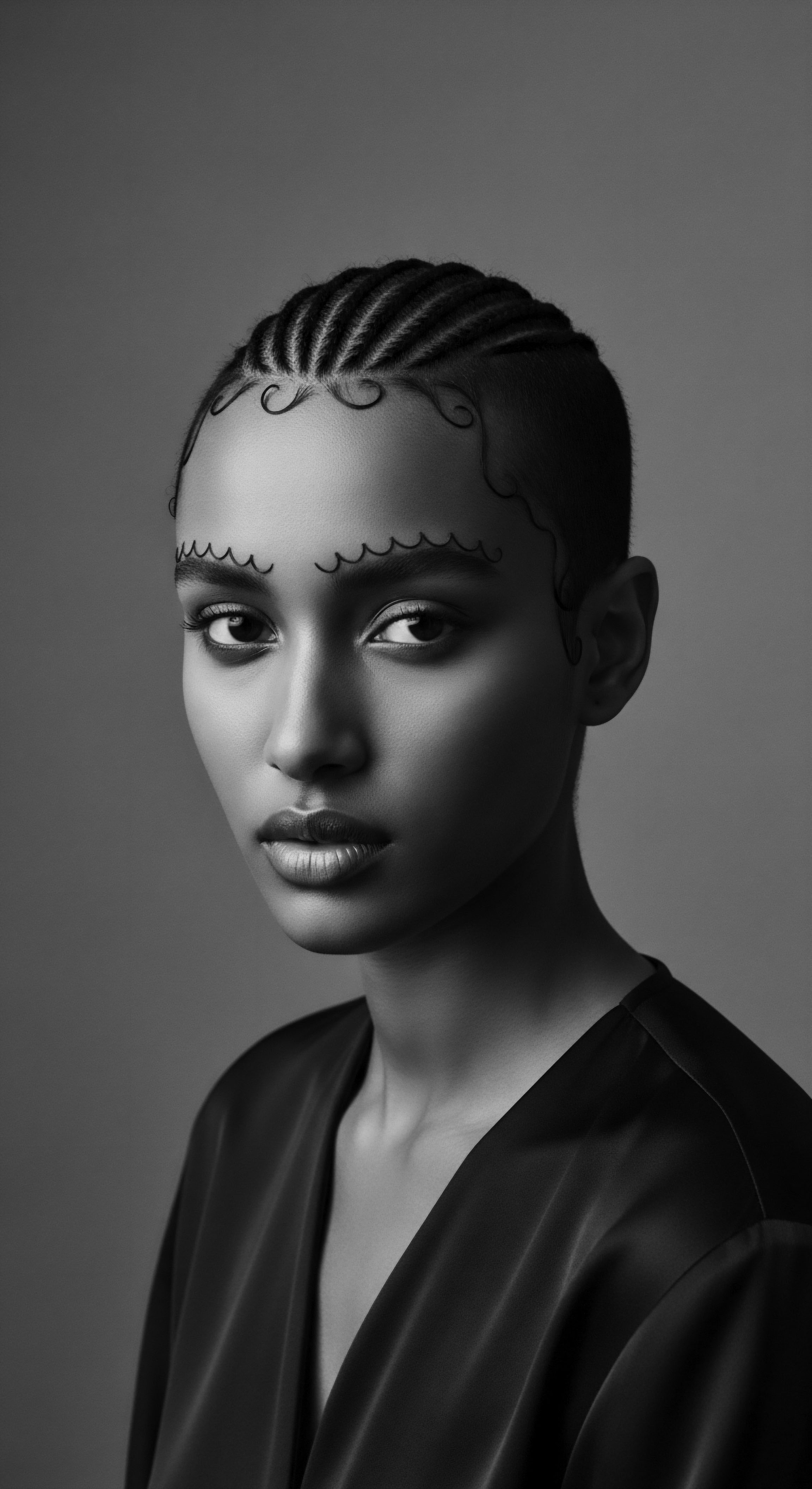
The Art of Coiffure and Communal Bonds
The creation of cornrows is a skill, a form of traditional artisanship passed from elder to youth, often requiring hours of patient work. This long duration naturally fostered communal gatherings, transforming hair styling into a powerful social ritual. In many African cultures, grooming hair was, and remains, a shared activity, where stories were exchanged, wisdom imparted, and family ties reinforced (Odele Beauty, 2024). The act of braiding strengthened bonds between friends and established the role of the professional practitioner within the community (Wikipedia, Cornrows, 2022).
Consider the weight of this shared experience. A child receiving their first simple cornrows at a mother’s or grandmother’s knee learns not only a style but also history, values, and the care their hair demands. The rhythmic pulling and tucking of hair, the whispered conversations, the silent understanding passed between generations—all this forms an unspoken pedagogy of heritage, where culture is literally woven into being (Peters, 1971).
The communal act of cornrowing transformed hair styling into a powerful social ritual, strengthening bonds and passing cultural knowledge through generations.
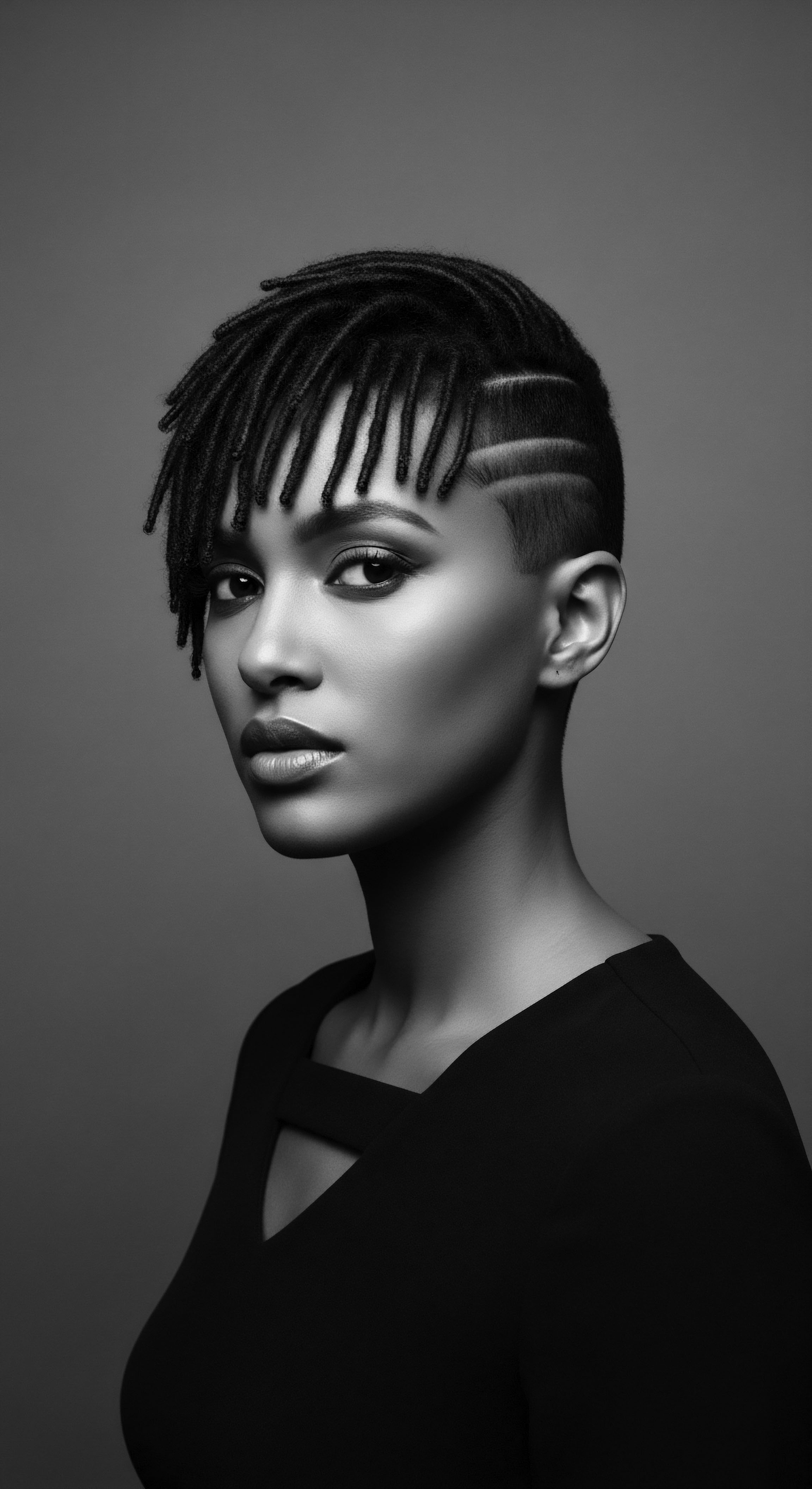
Spiritual and Symbolic Language
For many African and diasporic cultures, hair holds significant spiritual meaning. It is seen as a connection to the divine, to ancestors, and to one’s own higher self. The intricate patterns of cornrows could symbolize a person’s spiritual path, their connection to the earth, or even serve as a protective barrier against negative energies (Substack, 2025). Adornments such as beads, cowrie shells, or even fragments of gold could be added, amplifying the spiritual resonance and social statements the style conveyed.
Perhaps one of the most poignant historical examples of cornrows transcending aesthetic purpose occurred during the transatlantic slave trade. As millions of Africans were forcibly removed from their homes, many had their heads shaved in a brutal attempt to strip them of their cultural identity and human dignity (Beds SU, 2022). However, cornrows became an act of quiet rebellion and powerful resistance.
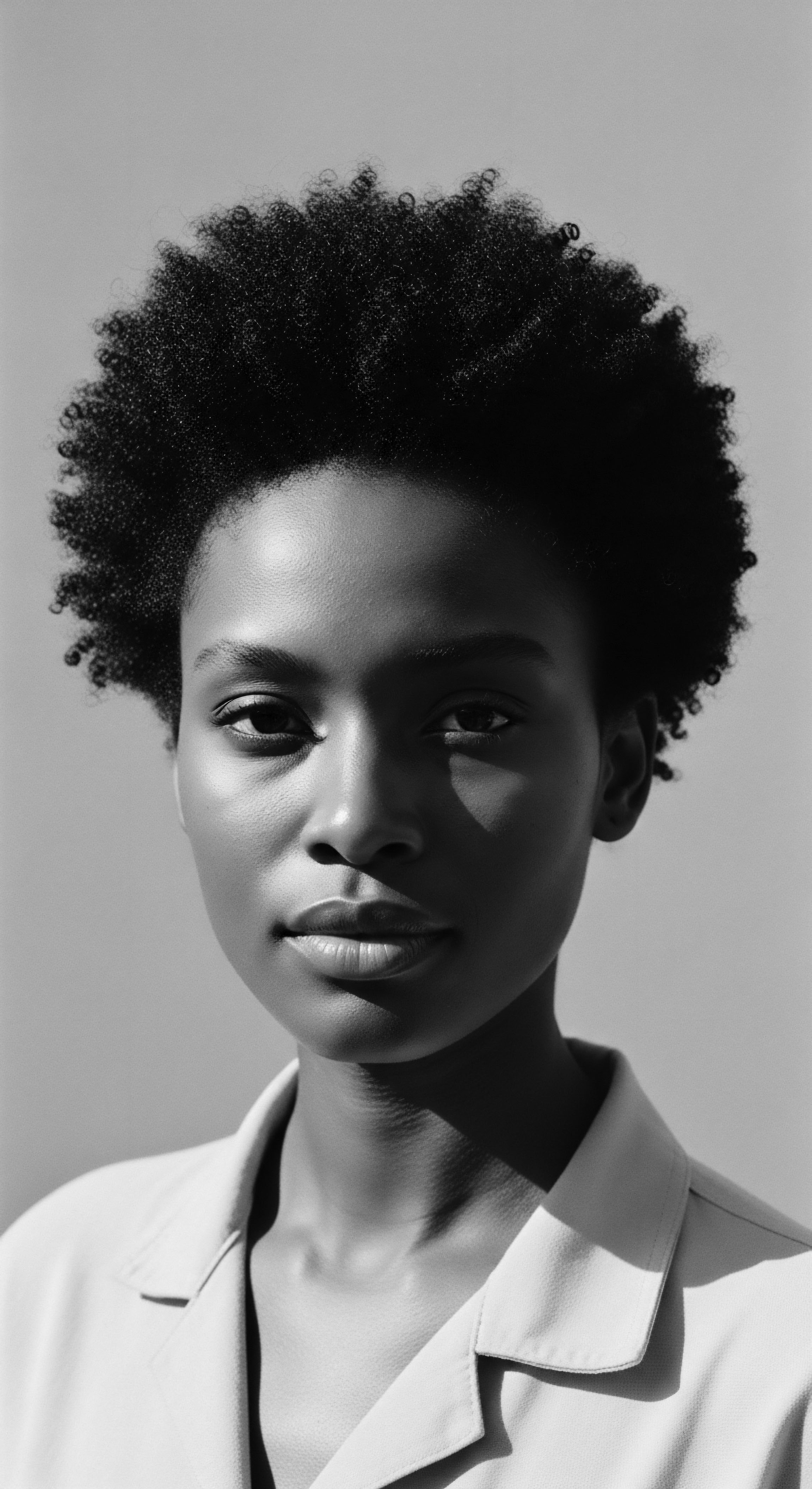
Cornrows as Coded Communication
Enslaved Africans, in a display of incredible ingenuity and resilience, used cornrows as a covert means of communication and a tool for survival. Specific patterns braided into the hair could serve as maps to escape routes, signaling paths to freedom or safe houses on the Underground Railroad (Lemon8, 2024). Historical accounts, particularly from Colombia concerning the community founded by Benkos Biohó, describe how women would braid routes into their hair for others to follow. These designs were often curved, representing roads or pathways, and could even indicate a meet-up time without drawing suspicion (Beds SU, 2022).
Beyond maps, cornrows became mobile storage. Enslaved people would hide small seeds, rice, or even gold fragments within their tightly plaited rows, providing sustenance and a means to begin a new life upon escape (Lemon8, 2024). This practice underscores the deep, practical significance of cornrows as an instrument of survival, a testament to the human spirit’s refusal to be broken. It also highlights the intimate connection between hair, agriculture, and the hope of new beginnings.
| Pre-Colonial Africa Social Status ❉ Signified age, tribal identity, marital status, or position within a community. |
| Transatlantic Slave Trade Era Covert Communication ❉ Patterns served as escape route maps or signals for meetings. |
| Pre-Colonial Africa Spiritual Connection ❉ Believed to be conduits for divine energy and ancestral wisdom. |
| Transatlantic Slave Trade Era Survival Storage ❉ Hidden seeds, rice, or gold provided sustenance during escape. |
| Pre-Colonial Africa Communal Practice ❉ Braiding sessions fostered bonding, storytelling, and knowledge transfer. |
| Transatlantic Slave Trade Era Act of Rebellion ❉ A defiant assertion of cultural identity against forced assimilation. |
| Pre-Colonial Africa The evolution of cornrows reflects their enduring power as a symbol of heritage and human resilience. |

Relay
The journey of cornrows, from ancient African kingdoms to the contemporary global stage, illustrates a dynamic adaptation and profound cultural resonance. This enduring hairstyle has not only survived the trials of history but has consistently been a medium through which the story of Textured Hair Heritage is told, a silent yet powerful relay of ancestral memory and resilience.

Diasporic Adaptations and Reclaiming Identity
As African peoples were dispersed across the globe, particularly through the transatlantic slave trade, their hairstyling practices, including cornrows, adapted to new environments and oppressive conditions. In the Americas, without access to traditional tools and ingredients, enslaved individuals still maintained their hair using what was available, often with a protective and practical intent. Cornrows offered a way to keep hair neat and manageable under harsh working conditions (Odele Beauty, 2024). This pragmatic use, combined with the symbolic communication of freedom, underscored the adaptability and enduring significance of the style.
After the Emancipation, however, many Black individuals adopted straightened styles to conform to European beauty standards, a practice that continued for decades. The deliberate rejection of natural textures and traditional styles represented a painful chapter, a struggle for acceptance within societies that demonized their inherent characteristics (Odele Beauty, 2024). Yet, the spirit of cornrows, and indeed, all textured hair, remained.

How Did the Black Power Movement Influence Hair Aesthetics?
The mid-20th century saw a dramatic shift with the emergence of the Black Power Movement in the 1960s and 1970s. This period catalyzed a powerful reclaiming of African heritage and identity, with natural hairstyles, including the Afro and cornrows, becoming potent symbols of pride and liberation (Beds SU, 2022; Ebony Magazine, 2022). Figures like Nina Simone, Valerie Simpson, and Stevie Wonder publicly displayed cornrows, pushing them further into popular recognition and cementing their place as statements of cultural self-expression (Ebony Magazine, 2022). This was a conscious choice to defy imposed beauty norms, celebrating the authentic self.
The act of wearing cornrows became a visible declaration of connection to ancestry, a physical manifestation of resistance against the long history of discrimination faced by Black people for their natural hair (Glamour South Africa, 2024; Lemon8, 2024). Even today, cultural discussions around hair, like the widespread concern over cultural appropriation, highlight the deep, painful history embedded within these styles. To reduce cornrows to a mere fashion statement, disregarding their journey of survival and expression, diminishes the very struggle and triumph they represent (Black owned business directory, 2019).

Scientific Validation of Ancient Practice
Modern trichology, the scientific study of hair and scalp health, increasingly validates the protective benefits of cornrows, long understood and practiced within ancestral communities. Trichologists recognize the unique properties of Afro-textured hair and recommend protective styles to minimize manipulation, guard against environmental damage, and promote length retention (Rush Hair & Beauty, 2023). The tightly braided structure of cornrows keeps hair tucked away, reducing tangles and knots, and offers respite from daily styling (Rush Hair & Beauty, 2023).
The scientific understanding of hair growth cycles and the mechanics of external stressors now explains what generations of Black women and men knew intuitively ❉ that minimal manipulation, proper moisture, and protective styling are essential for hair health (Hilaris Publisher, 2025; Trichology, 2025). The effectiveness of cornrows in preserving the hair’s vitality aligns with the holistic wellness principles rooted in ancestral wisdom, where hair care was seen as an aspect of overall well-being.
- Minimal Manipulation ❉ Cornrows reduce daily combing and styling, which significantly lessens breakage for textured hair.
- Environmental Shield ❉ The style protects hair from elements like humidity, sun, and pollution, preserving its moisture balance (Beds SU, 2022).
- Length Retention ❉ By protecting delicate ends and reducing breakage, cornrows help in retaining hair length over time, a common goal for textured hair growth.
The resilience of the cornrow, both as a style and as a cultural symbol, stands as a powerful testament to the enduring spirit of Textured Hair Heritage. It is a living archive, carrying the echoes of ancient wisdom and the stories of survival, defiance, and beauty.

Reflection
To consider the path cornrows have traveled is to hold a precious lineage, one that speaks of more than simple adornment. It is a heritage etched in every tightly woven row, a living testament to resilience, communication, and profound identity. The soul of a strand, in this context, whispers histories of ancient African queens, of enslaved peoples charting silent paths to freedom, and of generations rising to claim their inherent beauty and strength.
This journey reminds us that hair, particularly Textured Hair, serves as a sacred connection to ancestry, a vibrant medium through which culture is not just remembered but actively lived. The art of cornrowing, passed down through whispers and hands, has defied erasure, adapted through adversity, and continues to flourish. It stands as an emblem of enduring spirit, a bridge between the deep past and an ever-evolving present, inviting all who gaze upon it to recognize the powerful stories it holds. Honoring these strands is honoring the very essence of human perseverance and the unwavering spirit of heritage.
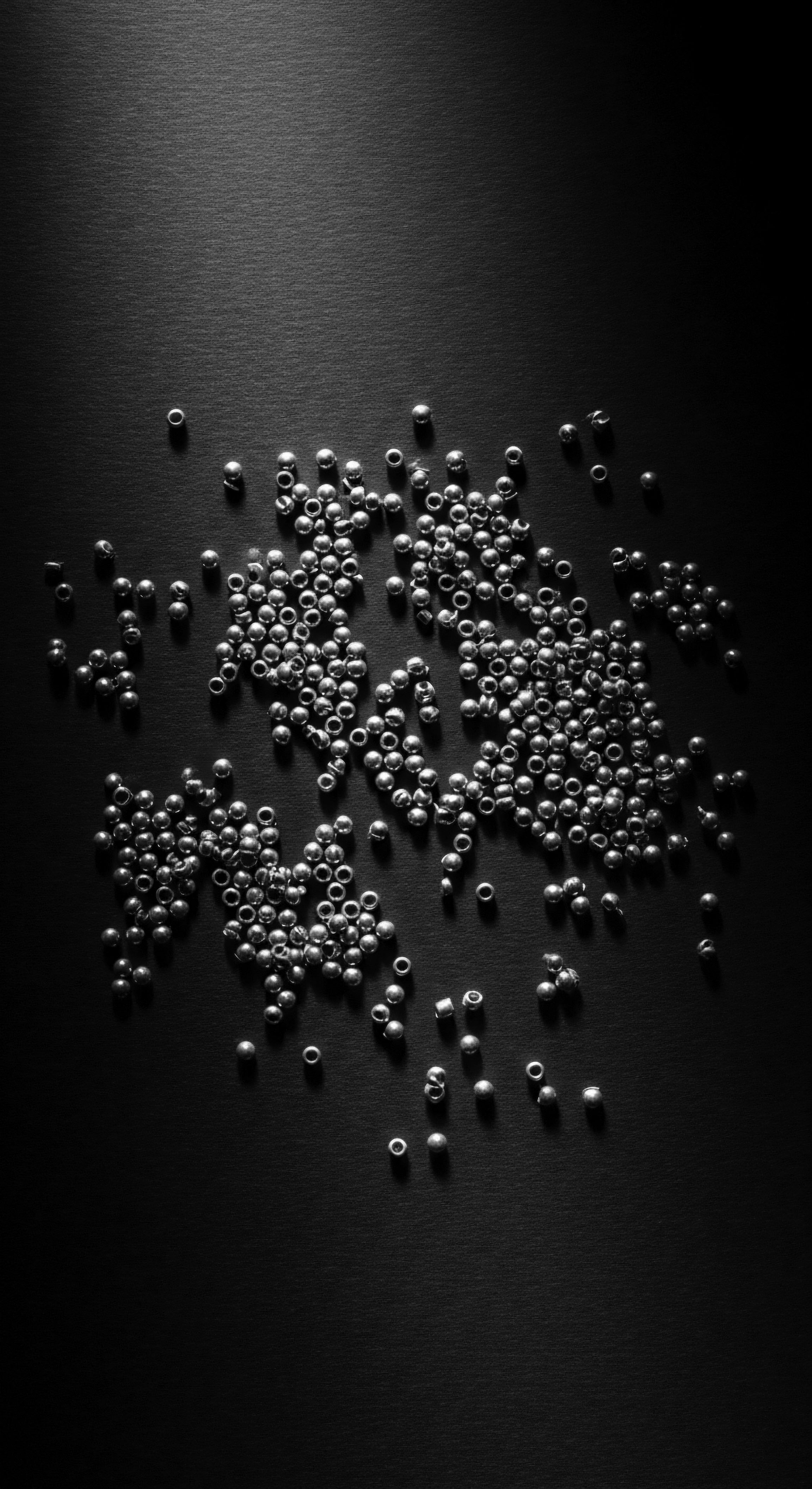
References
- Ayana D. Byrd and Lori L. Tharps, Hair Story ❉ Untangling the Roots of Black Hair in America. St. Martin’s Press, 2001.
- Peters, Margorie. The Black Hair Book ❉ A History and How-to Guide. Crown Publishers, 1971.
- Robbins, G. E. “The Scientific Study of Human Hair.” Anthropology Today, vol. 28, no. 5, 2012, pp. 16-19.
- White, Anthony, and White, Jeanette. African Hair Braiding ❉ From Ancient to Modern. University of California Press, 2005.
- Dabiri, Emma. Twisted ❉ The Tangled History of Black Hair Culture. HarperCollins, 2020.
- Walker, Andre. Andre Talks Hair. Simon & Schuster, 1997.
- Lasisi, Tina, et al. “The effect of human hair texture on heat gain from solar radiation.” Proceedings of the National Academy of Sciences, vol. 120, no. 25, 2023, e2220400120.
- Brown, Nancy V. The Hair Whisperer ❉ Hair Secrets from an Industry Pro. Self-published, 2018.
